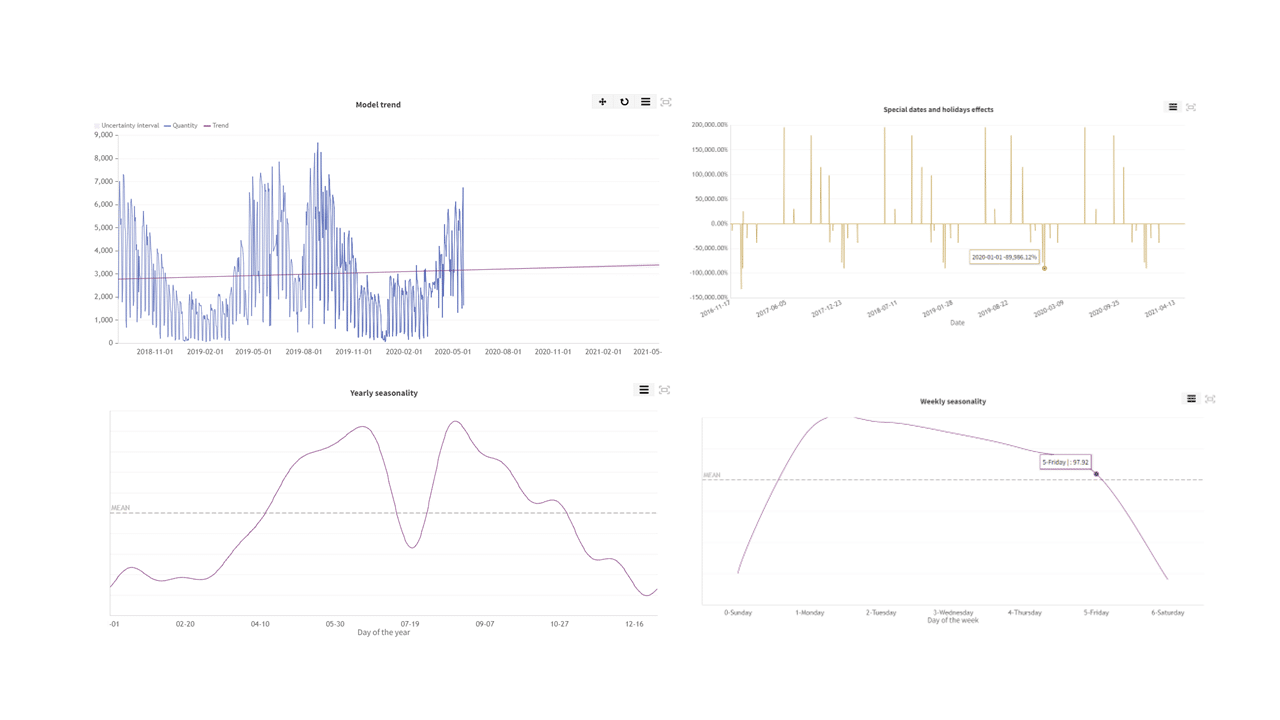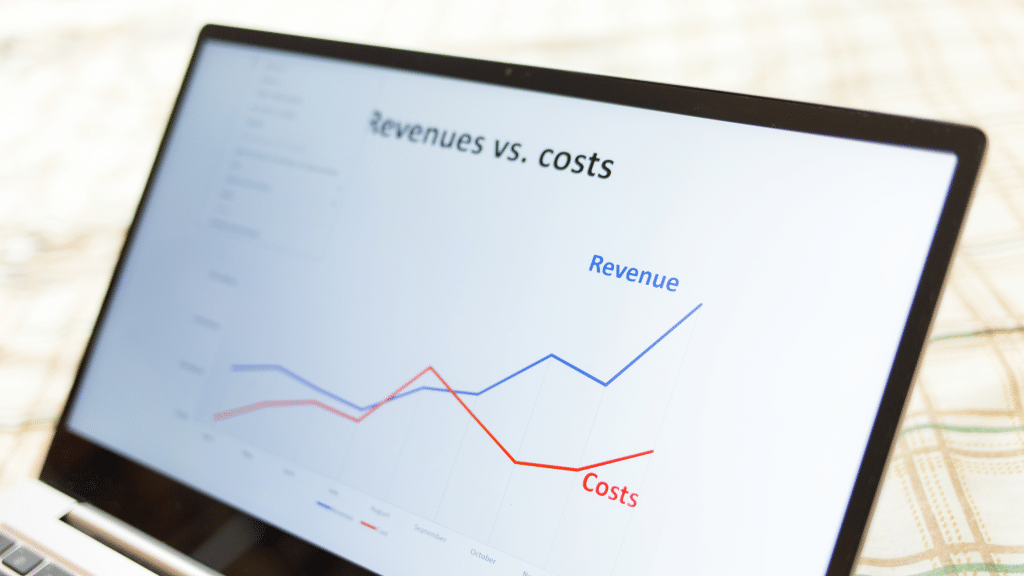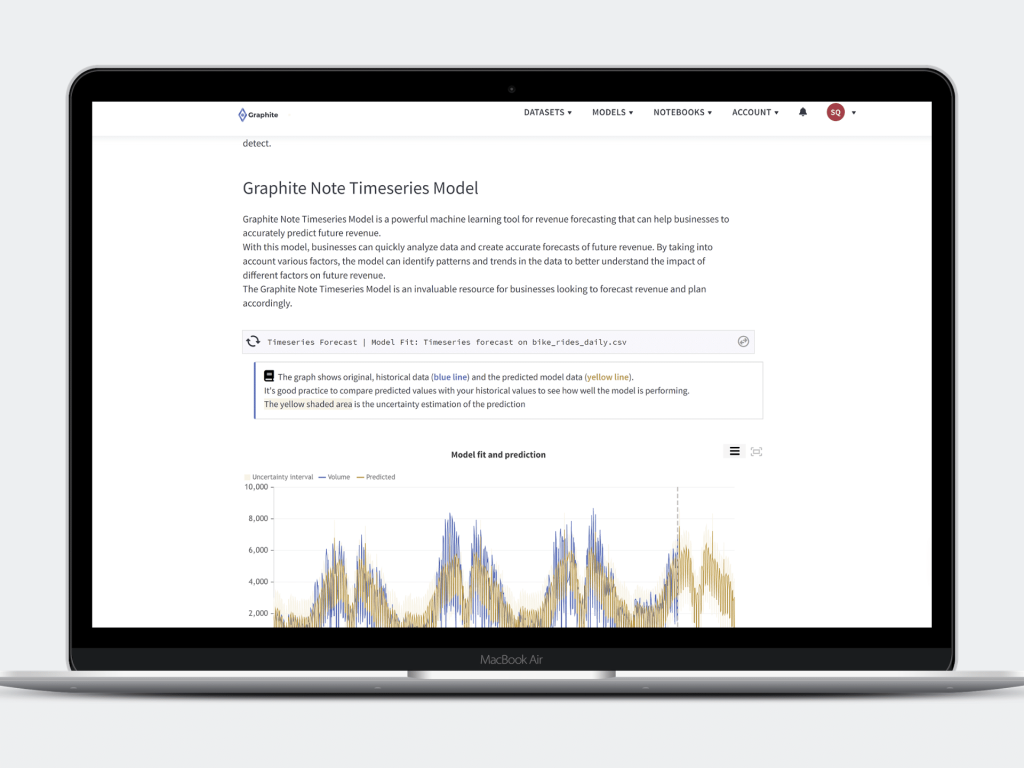Revenue Forecasting for SaaS Companies
SaaS companies face many challenges with revenue forecasting. SaaS revenue forecasting tools are a modern-day crystal ball for these cutting-edge businesses. SaaS companies can leverage AI-powered analytics tools. This enables SaaS companies to enhance their financial planning.
What is a revenue forecast?
A revenue forecast is a business prediction of future income, over a time period. A revenue forecast uses various datasets to create predictions. These datasets can include: historical sales data, current trends, and market conditions. Revenue forecasts estimate how much money your company will bring in. A revenue forecasting model helps you plan expenses, investments, and growth strategies.
Revenue forecasting for SaaS companies
68% of Companies Miss Their Forecast by more than 10 percent. For your SaaS business, effective revenue forecasting is a beacon of guidance. Effective revenue forecasts guide your business towards growth. Accurate revenue projections enable you to make informed decisions. Effective revenue forecasting helps you allocate resources correctly. Accurate revenue forecasting models enable you to adapt to market changes. Revenue forecasting is crucial in a SaaS company’s financial planning process. An effective revenue forecasting model helps you plan expansion strategies. Your revenue forecasting helps you manage cash flow. Revenue forecasting methods also help you set realistic targets. Revenue forecasting software helps you optimize pricing strategies, and identify potential risks. Revenue forecasting is the backbone of a sound financial plan. SaaS companies must prioritize revenue forecasting to stay ahead in the game.
Revenue forecasting challenges
Forecasting revenue growth for your SaaS business is not simple. Various factors make it challenging to forecast your revenue. The volatile nature of the SaaS market affects your revenue forecasting. Your revenue forecast is also affected by your customer churn rate. Your customer acquisition cost (CAC) affects your revenue forecast. Changing customer preferences also affect your revenue forecast. Traditional revenue forecasting methods often need to be adapted for your SaaS business. Your SaaS business also needs more historical data to generate revenue forecasts. This makes it difficult to spot trends and make accurate predictions. SaaS businesses must constantly adapt their revenue forecasting techniques to stay relevant.

By leveraging dedicated revenue forecasting tools, SaaS companies can rise above the challenges and unlock the full potential of their business. These tools not only pave the way for better financial planning but also empower SaaS companies to predict and plan for success.
The benefits of using revenue forecasting tools
Prioritizing revenue forecasting and embracing AI-powered analytics positions your SaaS business well. Predictive analytics revenue forecasting tools help your SaaS business. The benefits of using AI-backed revenue forecasting models include:
- Precision: AI-powered revenue forecasting tools deliver accurate revenue projections. You can make data-driven decisions with confidence.
- Speed: With real-time analytics, you can quickly respond to market changes.
- Integration: Machine learning revenue forecasting tools connect to existing financial and CRM systems. This ensures a streamlined workflow.
- Customization: You can tailor and customize your revenue forecasts for your SaaS business. This ensures your SaaS business is prepared for various scenarios.
- Insight: AI-powered revenue forecasting tools have Data visualization and Data Storytelling features. These help you comprehend and communicate complex financial information.
Revenue forecasting in SaaS businesses
SaaS revenue forecasts
The essential elements of your income stream are fundamental for your revenue forecasting. You need to understand these to create effective revenue forecasts. These include:
- Recurring revenue: Steady income from subscription fees. These are the core of a SaaS business model.
- One-time revenue: Earnings from single transactions, such as setup fees or customizations.
- Expansion revenue: Income generated when customers upgrade plans or purchase add-ons.
Churn: The rate at which your customers cancel subscriptions.
Factors that affect SaaS revenue growth
Various factors affect your SaaS business revenue growth. These factors include:
- Market dynamics: Economic shifts, industry trends, and competitive activity can affect your SaaS revenue growth.
- Pricing strategy: An optimized pricing model can enhance revenue. An ineffective pricing strategy can hinder your business growth.
- Customer acquisition: Your marketing and sales efforts directed towards attracting new customers. The cost and effectiveness of these affects your revenue.
- Customer retention: Loyal customers contribute to recurring revenue through continued subscriptions.
- Product development: Innovative features and enhancements can drive expansion revenue. This can help you attract new customers to your SaaS business.
Predictive analytics and a revenue forecasting model
Predictive analytics helps your SaaS business create informed revenue forecasts. AI-driven revenue prediction software can provide valuable insights for your business. Predictive analytics for revenue forecasting helps you analyze historical data and market conditions. Predictive analytics helps you redesign your revenue forecasting and discover new opportunities. Predictive analytics helps build an effective revenue forecasting model. Predictive analytics help to ensure accuracy in your SaaS business revenue forecast. Predictive analytics helps you make data-driven decisions to build your SaaS business.
Best practices for revenue forecasting models for your SaaS business
Here are some guidelines for ensuring your revenue forecasting method remains relevant:
- Update your forecasts when new data arrives: You should update your revenue forecasts when new data becomes available. This helps you to refine your revenue forecasting model’s predictions. This helps you stay agile and make informed decisions.
- Use historical data and industry benchmarks: Leverage historical data and industry benchmarks to improve the accuracy of your revenue forecast. Analyze and compare past trends to similar businesses. This helps you identify patterns that can inform future growth strategies.
- Incorporate multiple revenue forecasting methods: Using a range of forecasting techniques gives you a more comprehensive view of potential revenue outcomes. For example, combine top-down (analyzing macroeconomic factors) and bottom-up (assessing individual customer metrics) approaches. This enhances the precision of your revenue forecasts.
- Monitor your Key Performance Indicators (KPIs): Close monitoring of your KPIs helps you gauge your SaaS business financial performance and adjust your revenue forecasts. Your KPIs should include:
- Monthly recurring revenue (MRR): A measure of predictable revenue from subscriptions.
- Customer Acquisition Cost (CAC): The expense of acquiring new customers.
- Customer Lifetime Value (CLTV): The total revenue your business can expect from a customer over the duration of your relationship.
- Churn rate: The percentage of customers who cancel their subscriptions within a given period.
- Engage with your stakeholders: Involve your product teams, marketing, and sales in the revenue forecasting process. Engage with them and align expectations. This fosters collaboration and enhances the accuracy of your revenue forecasts.
How to choose the right revenue forecasting tool for your SaaS company
These are factors you should consider when choosing the right revenue forecasting tool for your SaaS business:
- Assess your revenue forecasting needs and objectives: Clearly define your revenue forecasting needs and goals. You’ll need to consider your company size, growth stage, and specific industry requirements when evaluating revenue forecasting software.
- Assess the revenue forecasting tool’s ease of use and learning curve: Choose a revenue forecasting tool that is user-friendly and has a manageable learning curve. You need Intuitive interfaces and guided tutorials to help make good revenue projections.
- Evaluate available features and customization: When evaluating revenue prediction software for your SaaS business, assess the range of available features and their customizability. Look for revenue forecasting models that give you AI-powered forecasting. To ensure effective revenue predictions, look for real-time data analysis too. Your sales forecasting software should seamlessly integrate with your existing systems. Your revenue projection software should have customizable models. Your sales forecast software must have data storytelling and data visualization capabilities.
- Examine integration capabilities: Make sure your revenue operations software can integrate with your SaaS business’ existing systems. These include your financial and CRM systems. Seamless integration will streamline the data aggregation and analysis process. This ensures you have a consistent and efficient approach to revenue forecasting.
- Compare pricing and support options: Compare the pricing structures and support options for different SaaS revenue forecasting tools. Consider the subscription fees, setup costs, and available support resources. Choose a solution that offers the best balance of affordability, functionality, and support for your company’s needs.

No-code predictive analytics and revenue forecasting
No-code predictive analytics platforms, like Graphite Note, help you create more effective revenue forecasts. No-code predictive analytics platforms eliminate the need for technical expertise. You can easily create accurate revenue forecasts, even without a background in data science. No-code platforms streamline the forecasting process. This enables you to focus on making data-driven decisions. You can focus on how to build future revenue for your SaaS business. Predictive analytics enhances your revenue forecasting method.
What is time-series forecasting?
Time-series forecasting is a financial forecasting technique. Time-series forecasting predicts future values based on historical data. Time-series forecasting analyzes patterns and trends in time-ordered data sets. This enables you to anticipate future events, such as revenue growth, customer churn, or service demand. A SaaS business can use
time-series forecasting to predict monthly revenue for the following year. You can identify seasonal trends and other patterns that influence your revenue streams. That way, you can make informed decisions about marketing campaigns, resource allocation, and growth strategies.
Conclusion
Accurate revenue forecasting is essential for the growth and sustainability of your SaaS business. Use no-code predictive analytics tools to improve your SaaS business financial performance. No-code predictive analytics help you make informed decisions, and chart a course for long-term success.





